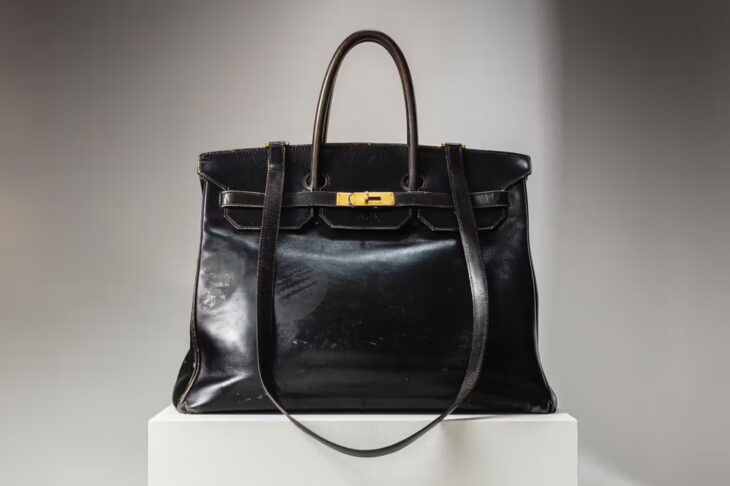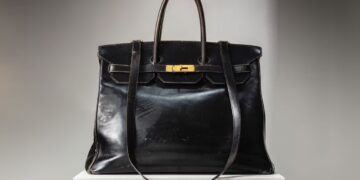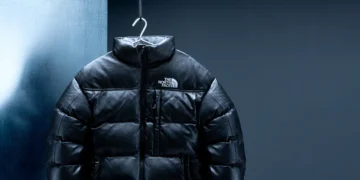
On July 10, 2025, a handbag once used daily by the late Jane Birkin was sold at Sotheby’s Paris for a staggering $10.1 million. The object in question, a scuffed, sticker-covered black leather prototype from 1984, has now become the most expensive handbag ever sold at auction. Heralded by the auction house as a “milestone” in fashion history, the sale has prompted a wave of admiration, disbelief, and criticism in equal measure.
The story behind the bag is, admittedly, compelling. Sketched out during a chance airplane encounter between Birkin and Hermès executive Jean-Louis Dumas, the design was born out of frustration: Birkin couldn’t find a leather weekend bag that suited her needs. What followed was a collaboration that ultimately birthed one of the most recognized symbols of luxury, and exclusivity, in modern fashion.
NEWS
But this particular bag is not just any Birkin. It was the very first. Worn daily by the actress and singer for nearly a decade, it bears personal additions, stickers from humanitarian organizations, signs of wear, and even a nail clipper, that distinguish it from the polished, untouched versions now paraded on red carpets or locked away in private vaults. In that sense, the bag is a piece of fashion history. Yet its $10 million price tag raises questions far beyond questions of provenance.
While Sotheby’s has framed the sale as a triumph of cultural significance, others see it as a moment that underscores fashion’s deepening detachment from everyday reality. The Birkin, which originally emerged as a utilitarian item, has long since lost that function. This prototype, once carried in protest of fast fashion’s impracticality, has now been absorbed into a system obsessed with scarcity, prestige, and spectacle.
More troubling still is how easily the narrative shifts. A worn, politically engaged personal item used by a humanitarian-minded artist becomes, in auction terms, a “luxury milestone.” That reframing strips the bag of context and repackages it as a trophy for the ultra-wealthy. The sale reinforces a culture where objects once associated with practical needs or artistic intent are monetized beyond recognition, where even a bag covered in UNICEF stickers is rebranded as an investment vehicle.
View this post on Instagram
Jane Birkin, who passed away in 2023, had a famously ambivalent relationship with the bag that bore her name. She was outspoken about animal rights and requested that her name be removed from exotic leather versions. She also used her personal Birkin in a lived-in way, decorating it with protest stickers and carrying it without concern for status. In many ways, the public mythology of Jane Birkin is at odds with what this sale represents.
The buyer, a private collector from Japan, remains anonymous, and it’s unclear whether the bag will ever be publicly displayed again. But perhaps that’s the point. Luxury at this level no longer needs to be worn, let alone seen. It exists in a closed loop of capital and symbolism, increasingly disconnected from the everyday people who once inspired it.
As the fashion industry continues to reconcile its role in global inequality, sustainability, and cultural memory, sales like this one are reminders of just how far the market has traveled from the ideas, and people, that once shaped it. Jane Birkin wanted a practical bag. She got an icon. Now someone else owns it, and the cost is being measured in more than just dollars.



















